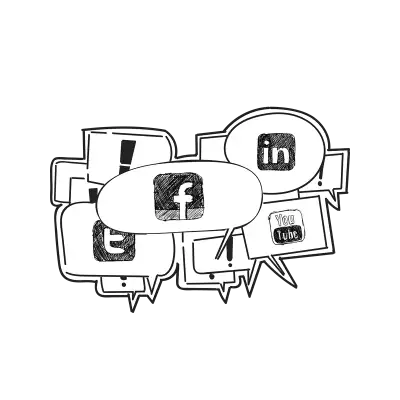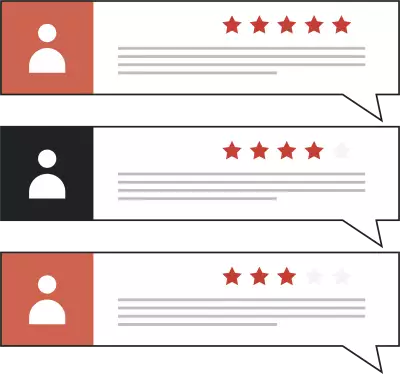
What is content anyway?
The world of marketing is rife with the phrase “content is king.” But what does that mean?
For the sake of simplicity, let’s think about providing content as presenting purposeful information to a targeted audience through a platform. This content is the foundation of how you will build most of your marketing strategies, and for the purpose of this article, your social media strategy.
Most struggle to find content to post on social media, and often will just use random photos taken that day. But there’s so much content already available for you to use, you just might not be thinking of it! So, when your content archive looks like the past shelf during a global pandemic, it might be time to dive into the archives.
Everything you post is content.From the words to the images,it's all valuable.
Assess what you have.
You’d be surprised to find that there is already a stockpile of content at your fingertips. Doing an assessment–or “inventory check”–will not only help you realize just how much content you actually have, but also help determine how you can develop better and even more targeted content as your business moves forward.
So, let’s take a look at what you got right now:
Visual assets.
Most people have a smartphone that takes high-quality images. Or, maybe you have a DSLR. Better yet, you have a Dropbox or hard drive with thousands of files. The point is, you probably have a backload of video and photos that you haven’t looked through in a while. So, go back, comb through and organize your visual content for later use.
Social media.
Everything you post is content. From the words to the images, it’s all valuable. If you’re not using one of the many social listening platforms out there (like Awario or Brandwatch), start digging through the analytics and insights available on your social platforms, i.e. Instagram and/or Facebook, to get a better understanding of your top-performing content. Scroll through your posts from the past year and evaluate your most popular content. What engaged your audience the most and what type of post was it (video, photo, link, meme)? Why did it perform so well? When was it posted–what day and time of day? Gather this information to help your social media strategy as you move forward. This will allow you to better collect new content and to decide which old content should be repurposed.
Website.
Every inch of your website is content, whether written or visual. From the About Us section to the Contact Us page, evaluate how everything reads and that it’s all updated to reflect your current standing. You should break down each page into as many marketable ideas and pieces of content as possible. For example, you could do a 15 post series about your company story from your About Us page.
Reviews.
Google, Yelp, TripAdvisor, Facebook reviews—yes, this is all usable content. You can share great quotes and reviews (accompany them with related images if possible); you can address concerns and even debunk bad reviews, obviously in a non-hostile way. It’s also a great segue to prompt your followers to leave a review if they had a great experience with you.
Articles on your business.
Old (and new) newspaper clippings of your business that you may have collected over the years are great content to share. Nostalgia is a powerful emotion and it can be a driver of decision-making. Whether it’s the clippings themselves or an online article, you can always share and re-share this content from time to time.
Past projects are totally shareable.Even if you've posted it before,it's all fair game.
Past projects.
All of your past projects are totally sharable, especially now. Even if you have posted it before, it’s all fair game. You can categorize it as a “throwback” post, a “favorite past project” post, or even just sharing it and reminiscing how the project went—its challenges, lessons learned, why it was special, the human connections that were made, what has happened since with that project/client, etc.
At this point you’ve (hopefully) realized that you have way more content that you originally thought. Now, it’s time to organize it and plan both how and when to use it. If you’re looking for more tips on how to improve your social media, check out our recent piece on the human element on social media.
Keep your eyes peeled for our next piece when we’ll discuss how to make your content work harder and last longer. For more information on social media and marketing, please email us.






